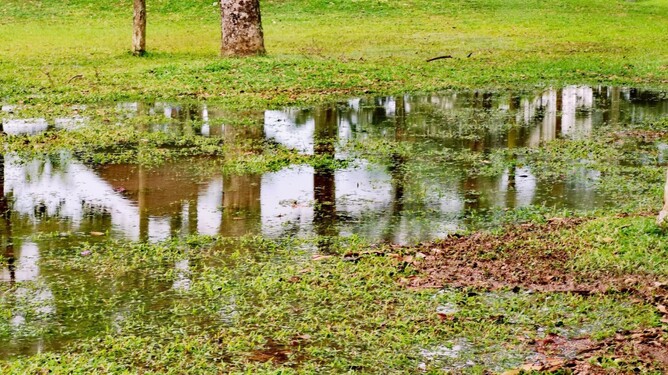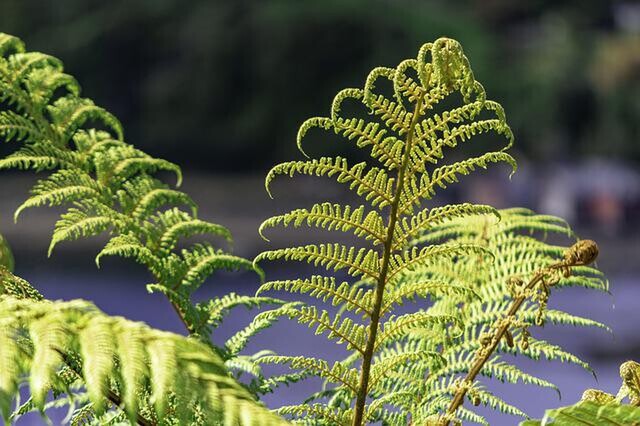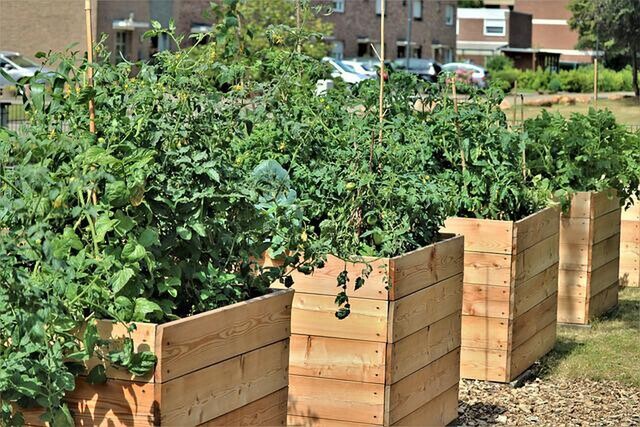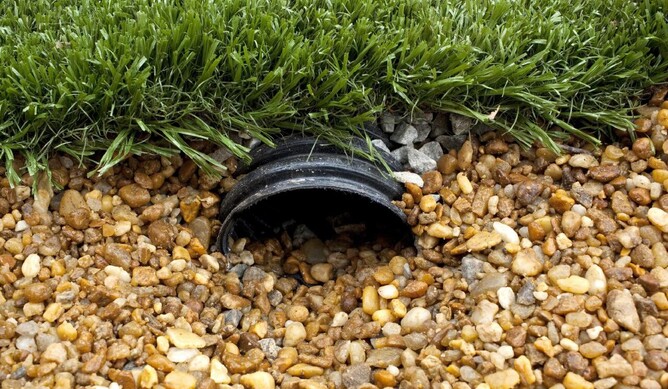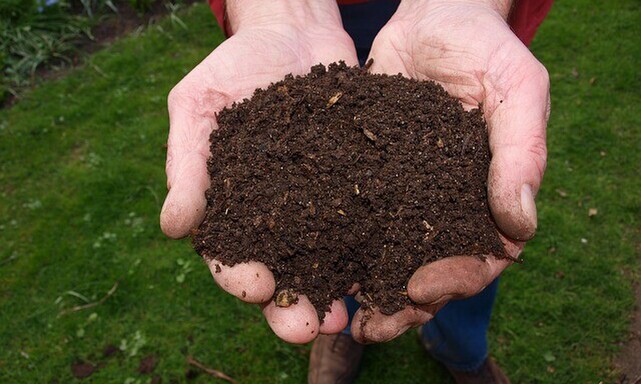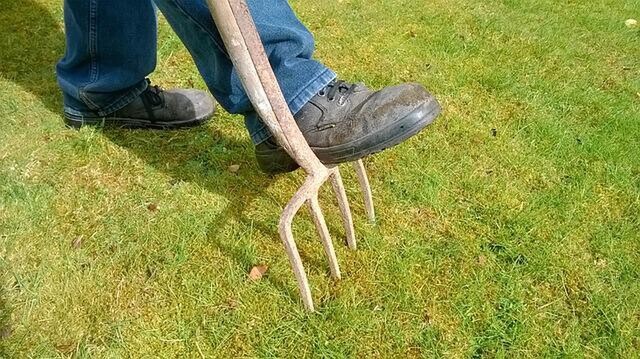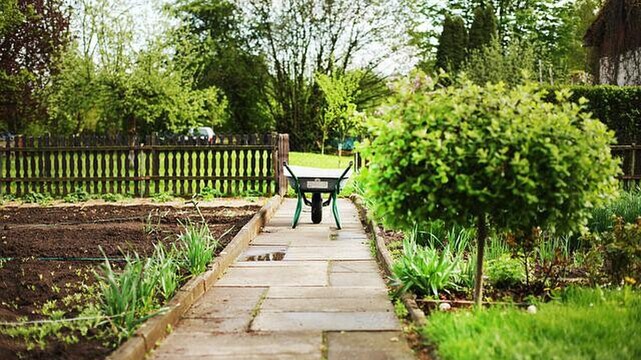The surplus of rain over the past week has got us thinking about the drainage problem some property owners may have. But, unfortunately, it’s not something everyone loves dealing with, including us.
But, no panic. We have six easy solutions for you, from lower to higher price ranges.
1. Select Plants That Thrive In Swampy Conditions
Many trees and plants thrive in water or damp conditions. As a result, they will suck up the water surplus. You, therefore, don’t have to worry about the winter rainfall as much as before.
Many New Zealand native trees love water. Here are some of them:
- Putaputaweta (Marbleleaf): This native loves forests, damp or boggy area and thrives close to streamsides.
- Koru: This bushy shrub is usually found in gullies and loves damp soil.
- Pukatea: One of the tallest trees in New Zealand, Puketea, grows where moisture is plentiful, like in gullies, damp forests and on the edges of streams.
- Nikau: The Nikau palm is the world's most southerly and only New Zealand native palm tree, a slow-growing species. It thrives in damp soil and does best in a subtropical climate.
- Maire Tawake (Swamp Maire): This native plant is usually on waterlogged grounds, on the margins of swamps and streamsides.
- Manatu (Ribbonwood): One of the most fast-growing native trees, Manatu grows near water and loves dry or wet soil.
- Pūriri: Large canopy trees live on rich, wet, fertile soil.
- Patatē (Seven-Finger): A small bushy tree thrives in damp soil but doesn’t tolerate flooded and windy conditions.
- Pōkākā: The tree grows in damp but well-drained soil.
- Māhoe (Whitey Wood): It grows in coastal, lowland and lowers montane forests throughout the country. It thrives in moist but well-drained soil.
2. Build Raised Beds
Building raised beds is another simple solution to fix drainage problems in your garden. It is effective for people with a smaller property or great for areas with lots of seasonal rainfall.
Fill your plant beds with good quality soil, so your plants get out of the swampy earth below. You can build them using various materials, such as timber, brick, felled logs, concrete, natural stones, etc.
The raised garden beds also create exciting features within your garden.
3. Install Drainage System
A drainage system can be helpful when redirecting water from one place to another within your garden.
We only recommend installing a drainage system when your lawn is terrible and accumulating a lot of water consistently. This is because installing drains involves a lot of work: digging a trench, installing the perforated pipes, filling with rocks and adding the soil back on top.
It is more work and more expensive than other solutions, but it can also help fix multiple issues like:
- Keeping water away from the house foundations;
- Bringing the water from one area of the garden to another that needs water.
4. Improve Soil Drainage
Maybe your poor soil drainage comes from the most obvious thing, the natural condition of your soil.
One of the best ways to improve your soil is to add organic matter, like compost. It will force tightly packed soil particles apart. As a result, it will improve the drainage.
This soil-amendment method is excellent for clay soil since it has finer particles. Without organic matter, the clay soil has less space for water to drain.
Adding compost to sandy soils is another excellent way to increase soil drainage. It will fill the large pore spaces and absorb the moisture for longer.
5. Aerate The Soil
Aerating your soil is another effective and simple way to improve soil drainage.
Using a garden fork or a lawn spike aerator will break the thick grass and pierces the compacted soil. As a result, the water will penetrate the soil and distribute more evenly and deeply.
6. Create Designated Walkways
If you walk around your garden often, your foot traffic will eventually compact the soil.
During rainfalls, water will collect in the area mostly walked on and turn the soil to mud during the winter months. To avoid this, we recommend creating designated paths or walkways to prevent foot traffic on the soil.
Create walkways by using different materials:
- Pavers (more expensive, good choice for heavy use, poor drainage)
- Gravel (budget-friendly, good drainage, doesn’t improve soil’s condition)
- Stones (suitable for moderate use)
- Wood mulch (inexpensive, looks natural, great for the soil, and best for low-traffic areas as it needs replenishing often)
These walkways need a runoff to redirect rainwater onto planting areas or the lawn where it can drain.
Feel free to contact us for more information and advice.
